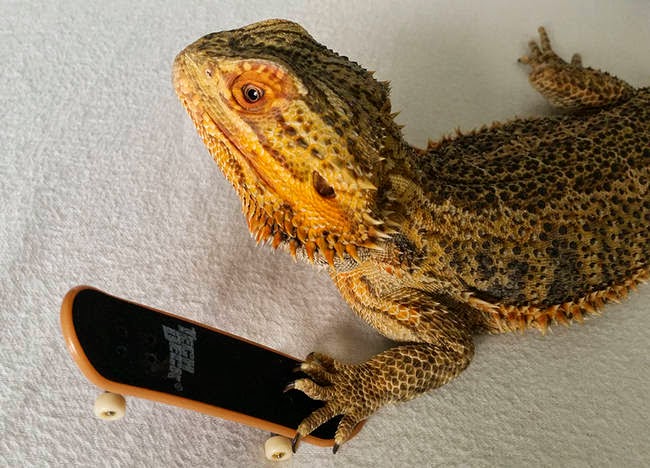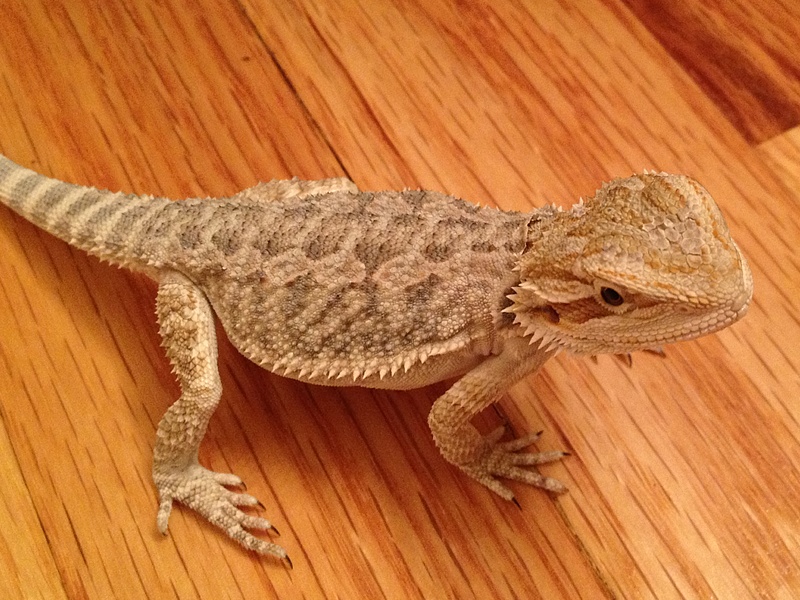5 Common Reasons Why Your Bearded Dragon Hurt Its Leg and How to Help
Bearded Dragon: The Loving and Lovable Pet Companion
Bearded dragons are fascinating pets that have grown in popularity over the years because of their affectionate nature and striking appearance. They are excellent starter pets because they are easy to care for and interact with. However, as with any pet, a bearded dragon can experience health issues, one of which is an injured leg. In this article, we will discuss the common reasons why a bearded dragon may hurt its leg, how to recognize the signs, and what you can do to help heal and care for your injured pet.
Five Common Reasons Why Your Bearded Dragon Hurt Its Leg
Bearded dragons are active creatures, and it’s not uncommon for them to run, jump, or even fall while playing. Here are five common reasons why your bearded dragon might have hurt its leg:
1. Falls or Jumping Accidents
Bearded dragons love to jump, and they can easily suffer injuries from falling off a high surface, like a tree branch, a piece of furniture, or their terrarium.

2. Sharp Objects in the Terrarium
Sometimes, bearded dragons injure themselves on sharp objects that might be inside their terrarium, such as sharp rocks, shells, or broken pieces of decor.

3. Improper Handling or Transporting
Improper handling or transporting can lead to injuries or trauma, especially if the dragon is not adequately supported or falls from a great height.
4. Calcium Deficiency
Calcium is an essential mineral for the growth and development of bearded dragons. A diet low in calcium can lead to fragile and brittle bones that are more susceptible to fractures or breaks.
5. Metabolic Bone Disease
Metabolic Bone Disease is a common condition in reptiles caused by a lack of calcium, vitamin D, or other essential nutrients. This disease can lead to bone deformities, weakness, and fractures.

How to Recognize the Signs of a Bearded Dragon with Leg Injury
Sometimes, it can be difficult to tell if your bearded dragon has a leg injury. Here are some of the signs you should look out for:
- Limping or favoring one leg
- Drag its leg or tail
- Refusal to move or climb onto objects
- Swelling or bruising on the legs or feet
- Pain or sensitivity when touched near the affected area
- Avoidance of activities or interactions your bearded dragon used to enjoy, like playing or eating.
What You Can Do to Help a Bearded Dragon with Leg Injury
If you notice any of the signs mentioned above, you should take your bearded dragon to the vet right away. You should also do the following to assist your pet:
1. Provide Immediate Relief
Suppose you suspect that your bearded dragon has a leg injury. In that case, you should immediately provide comfort to your pet by placing it in a quiet, warm, and dark environment that also provides lots of cushions, such as a large towel or a blanket, to prevent it from moving too much and causing further damage.
2. Adjust to a Soft Substrate
Bearded dragons need soft substrates if they hurt their leg. This prevents further injuries and promotes healing. You can add a soft towel or paper towels on the bottom of your terrarium instead of using sand or other hard surfaces that could hurt your pet.

3. Change in Diet
When your bearded dragon suffers from metabolic bone disease or calcium deficiency, you will need to change its diet. Your vet may recommend multivitamins, calcium supplements, or specific foods with high calcium content to help your pet recover.

Conclusion
Bearded Dragons are amazing creatures that bring a lot of joy and energy into your life. However, if your bearded dragon has a hurt leg, it can be a stressful situation for both you and your pet. That’s why it’s essential to keep an eye on your pet and ensure that you’re providing adequate care and attention. By recognizing the signs of a leg injury, taking immediate action, and following a vet’s advice, you can help your bearded dragon recover and get back to its healthy, happy self in no time.

